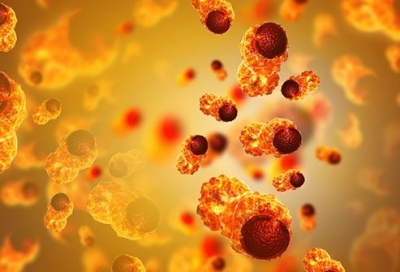What is chemotherapy?

Chemotherapy is an aggressive form of chemical drug therapy meant to destroy rapidly growing cells in the body. It’s usually used to treat cancer, as cancer cells grow and divide faster than other cells.
A doctor who specializes in cancer treatment is known as an oncologist. They’ll work with you to come up with your treatment plan.
Chemotherapy has been proven to effectively attack cancer cells, but it can cause serious side effects that can severely impact your quality of life. You should weigh these side effects against the risk of going untreated when deciding if chemotherapy is right for you.
Chemotherapy is also used to prepare you for other treatments. It could be used to shrink a tumor so it can be surgically removed, or to prepare you for radiation therapy.
In the case of late-stage cancer, chemotherapy may help relieve pain.
Besides treatment for cancer, chemotherapy may be used to prepare people with bone marrow diseases for a bone marrow stem cell treatment, and it may be used for immune system disorders.
Credit : Healthline
Picture Credit : Google

